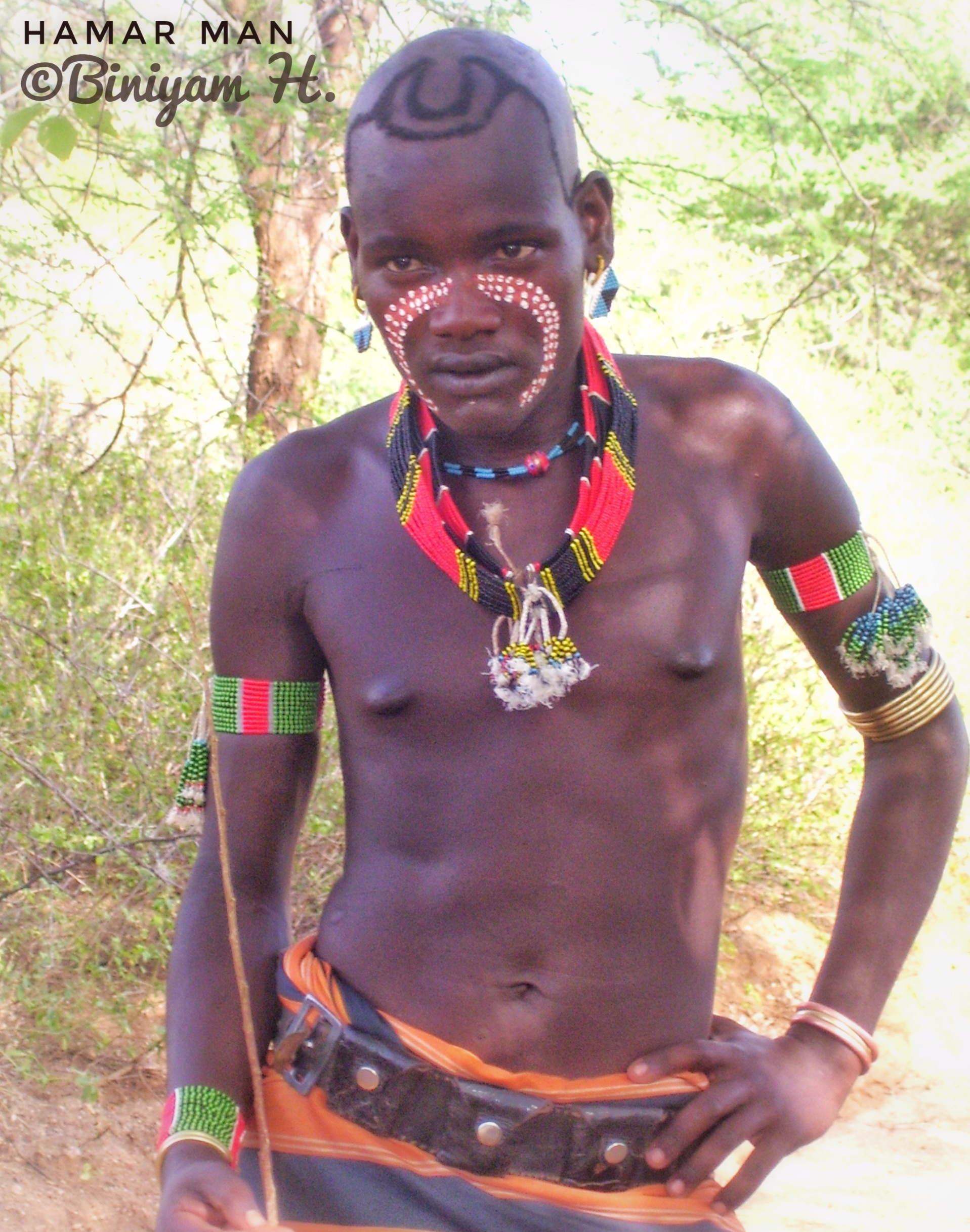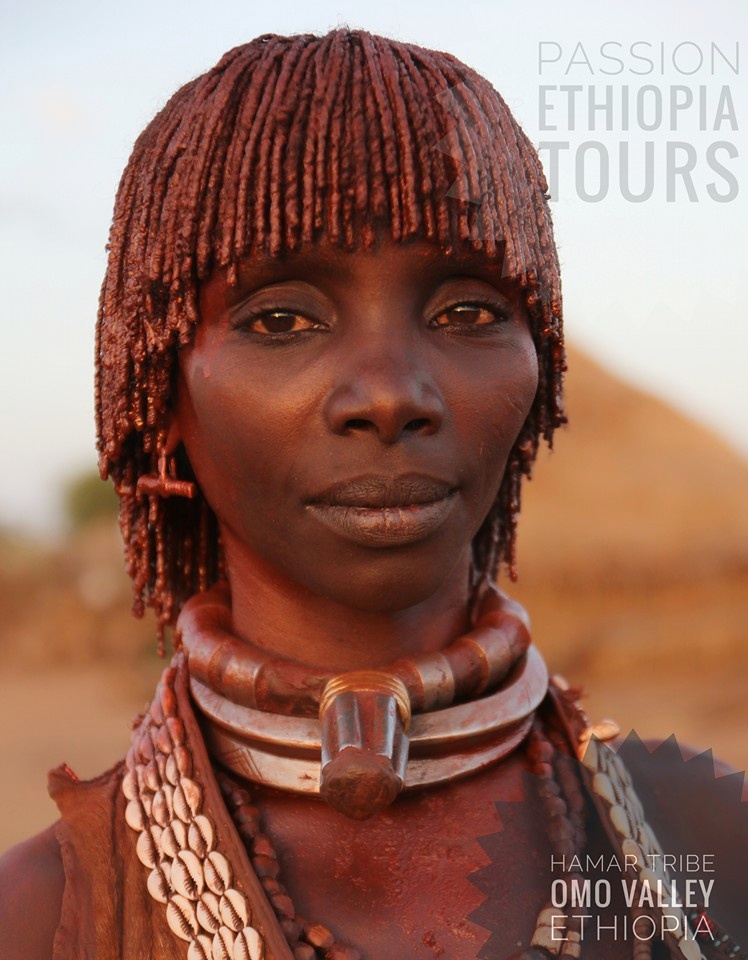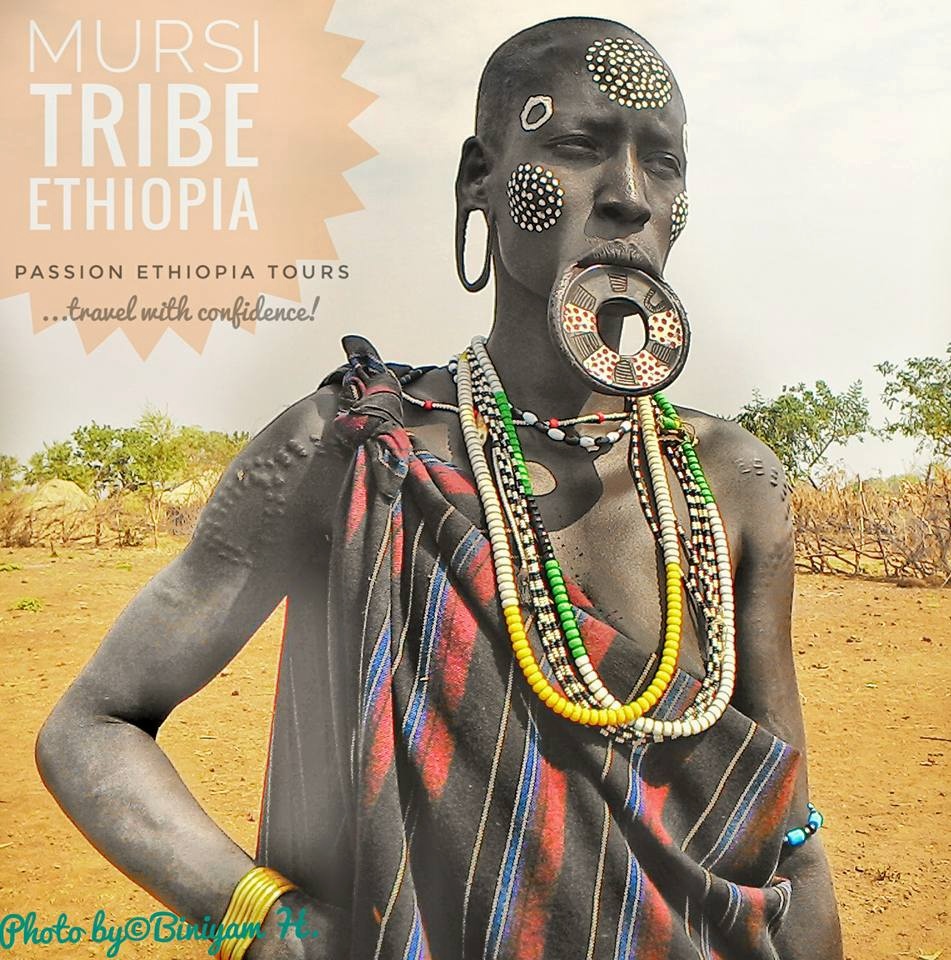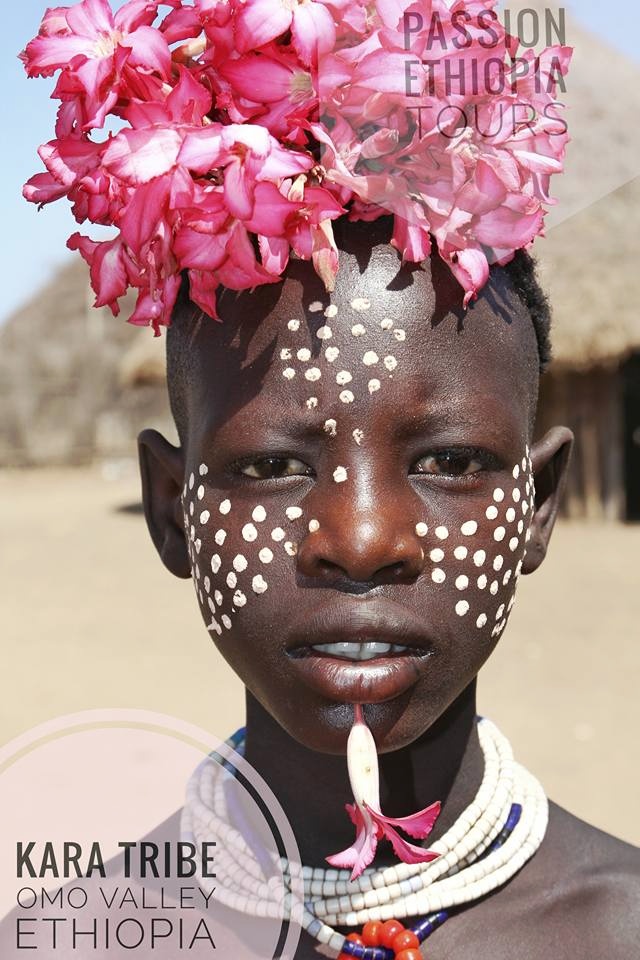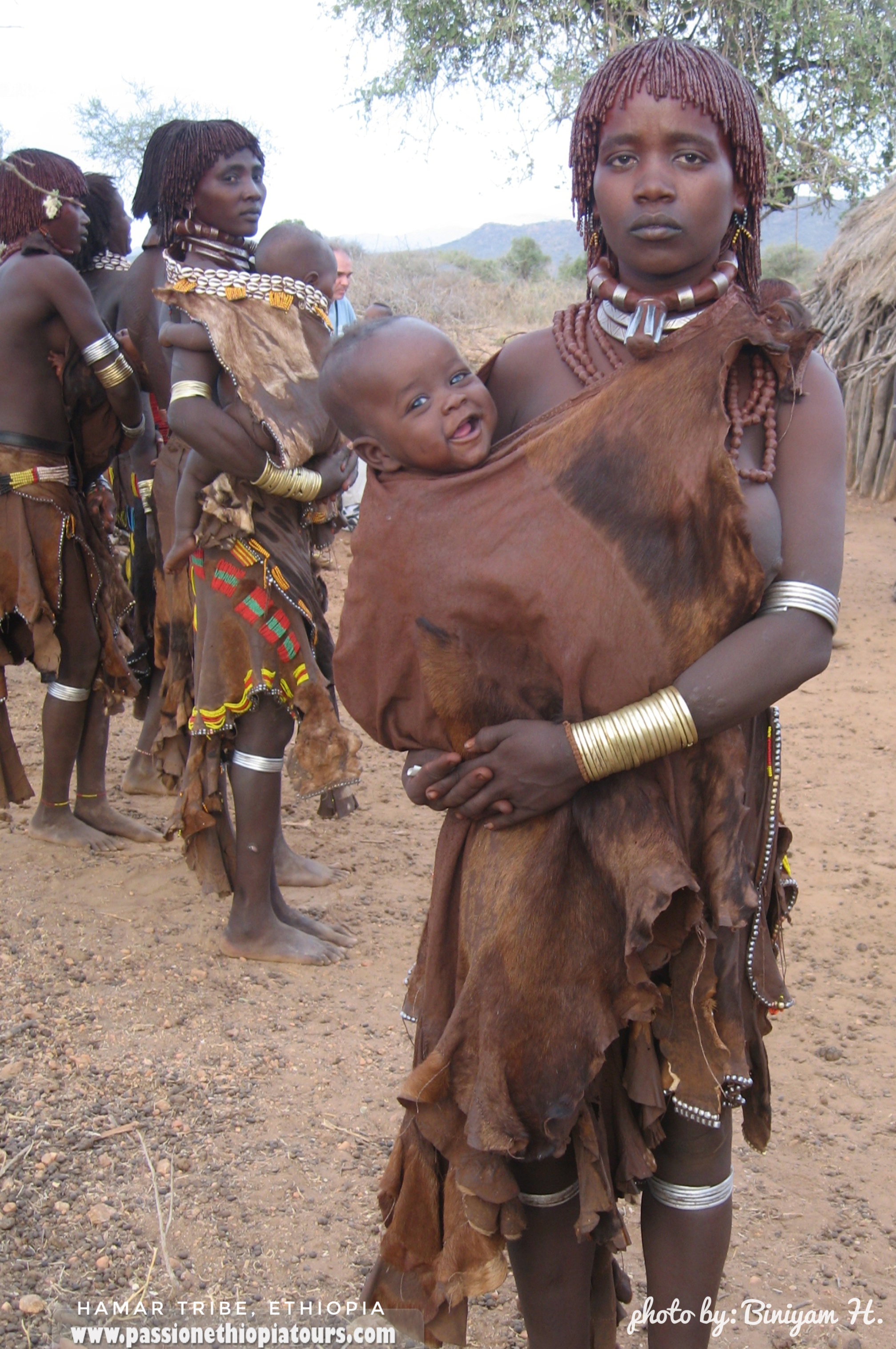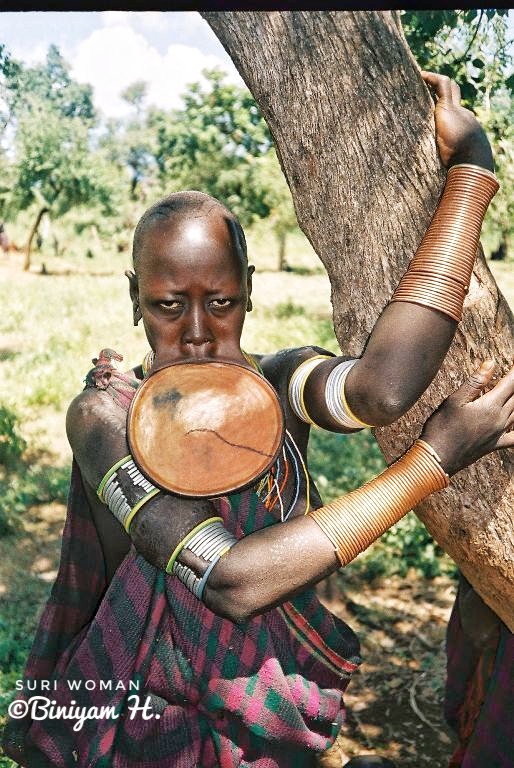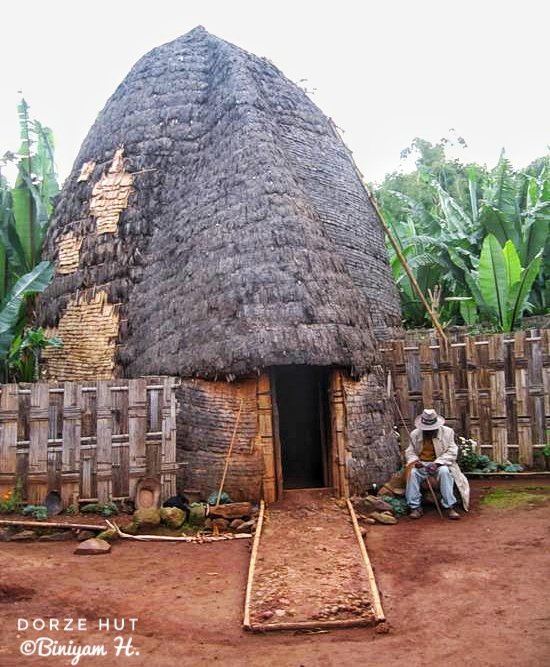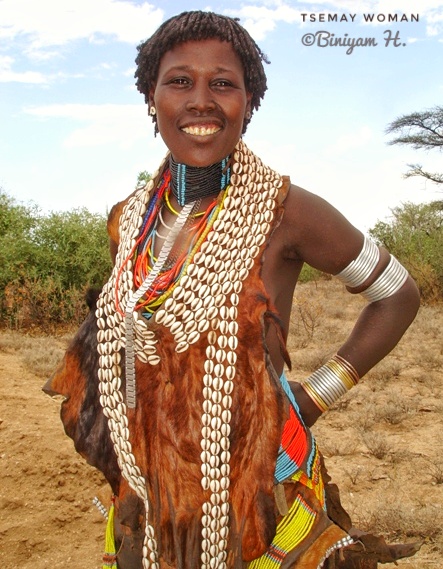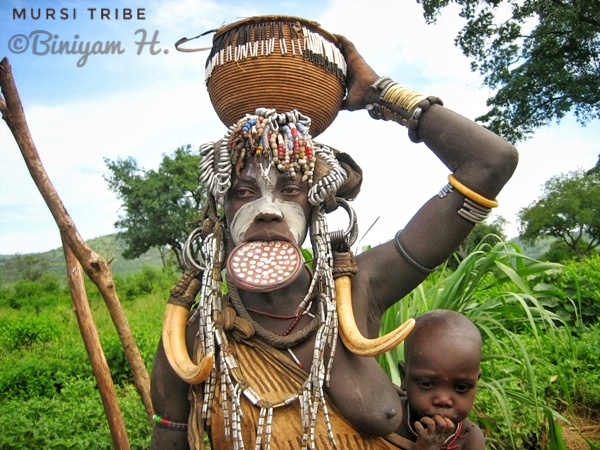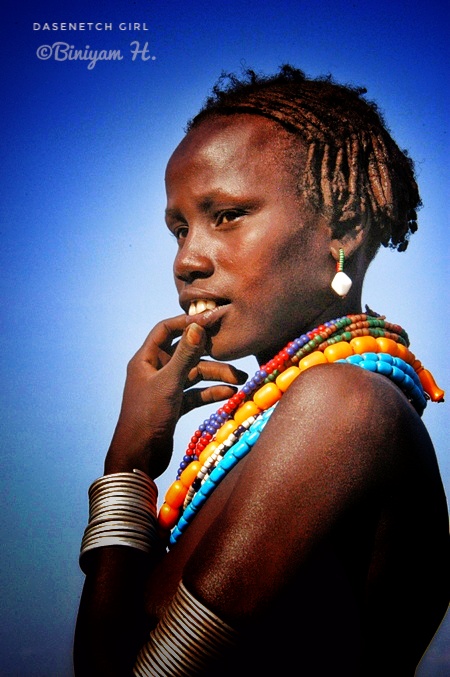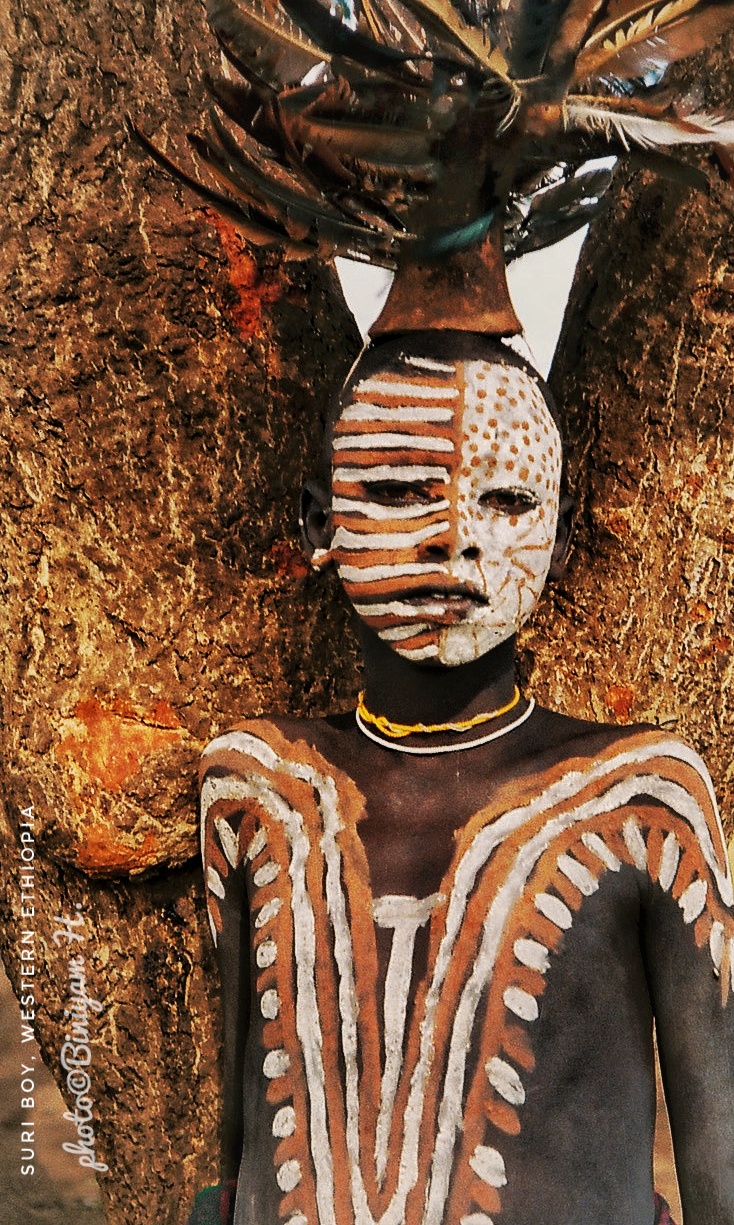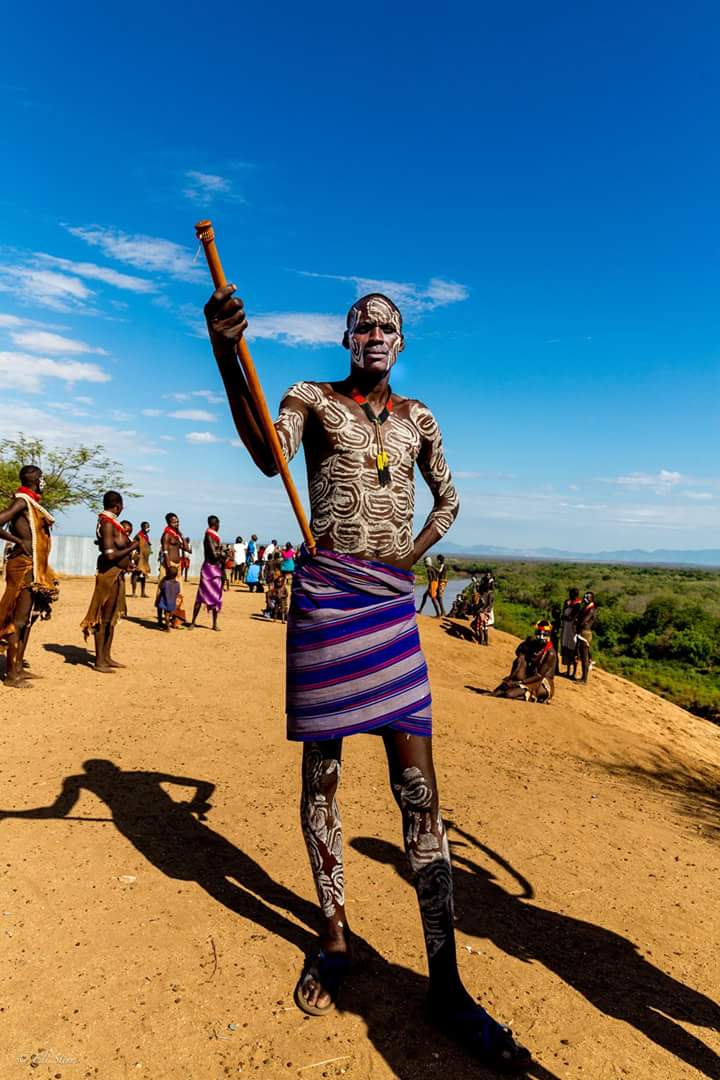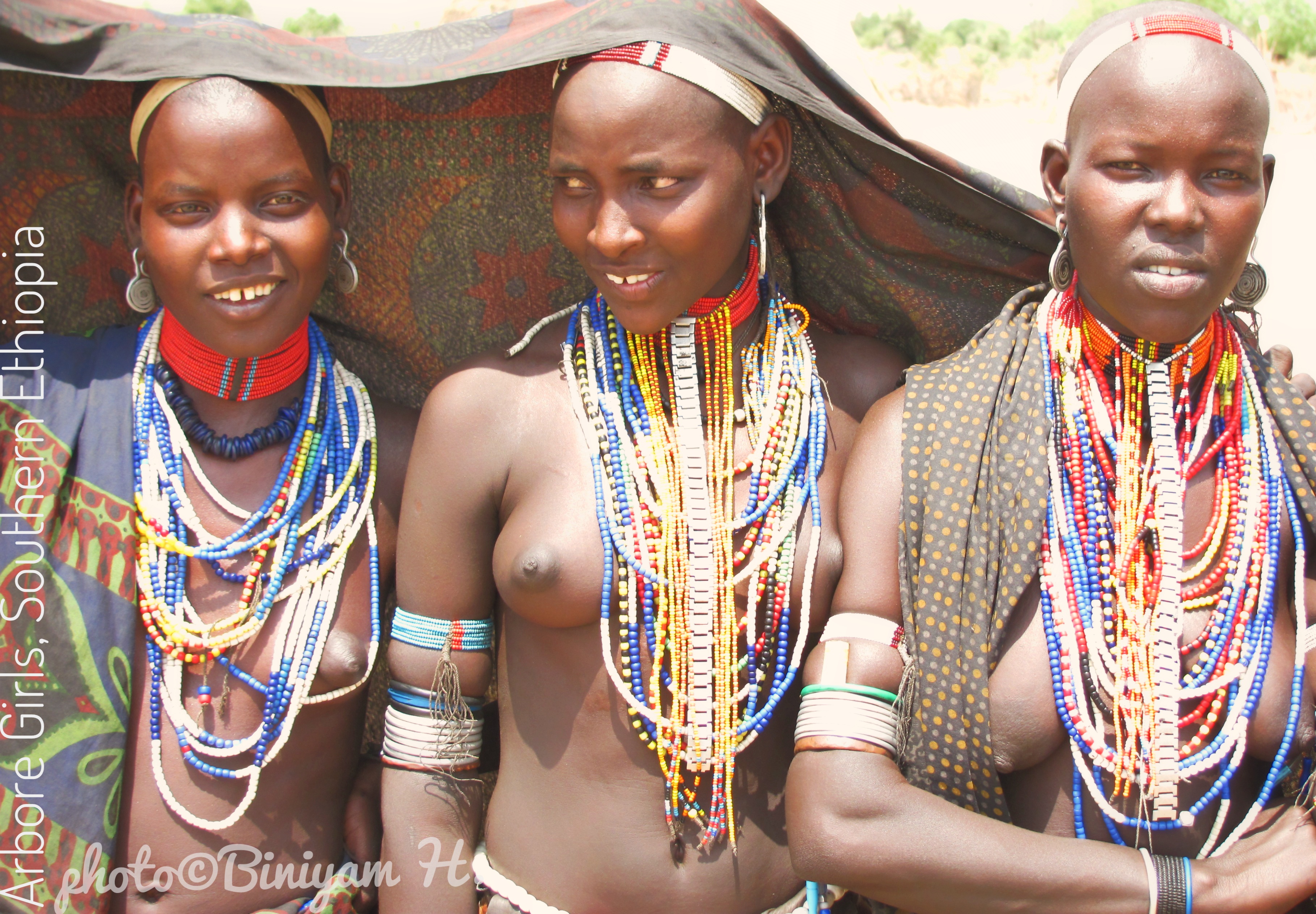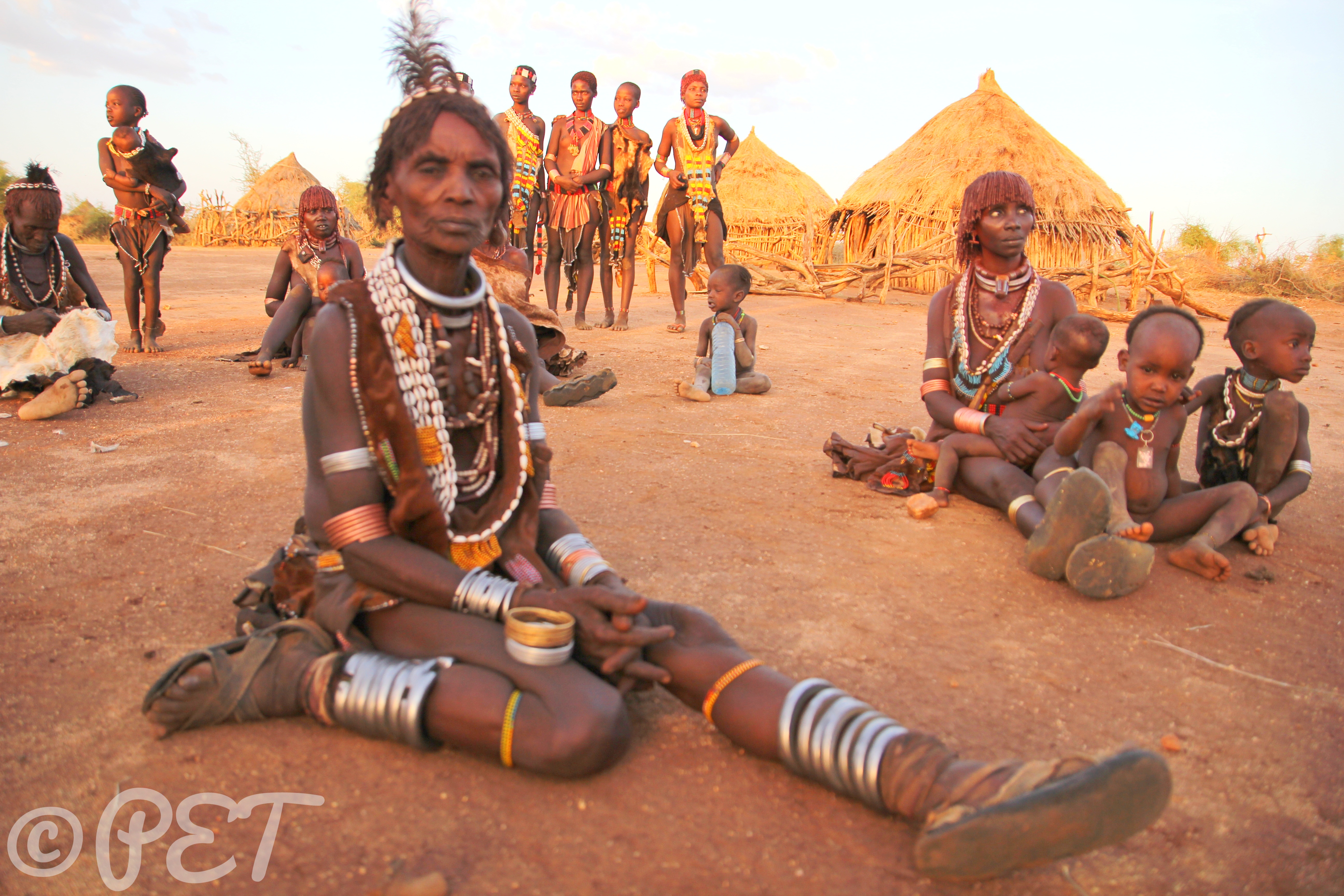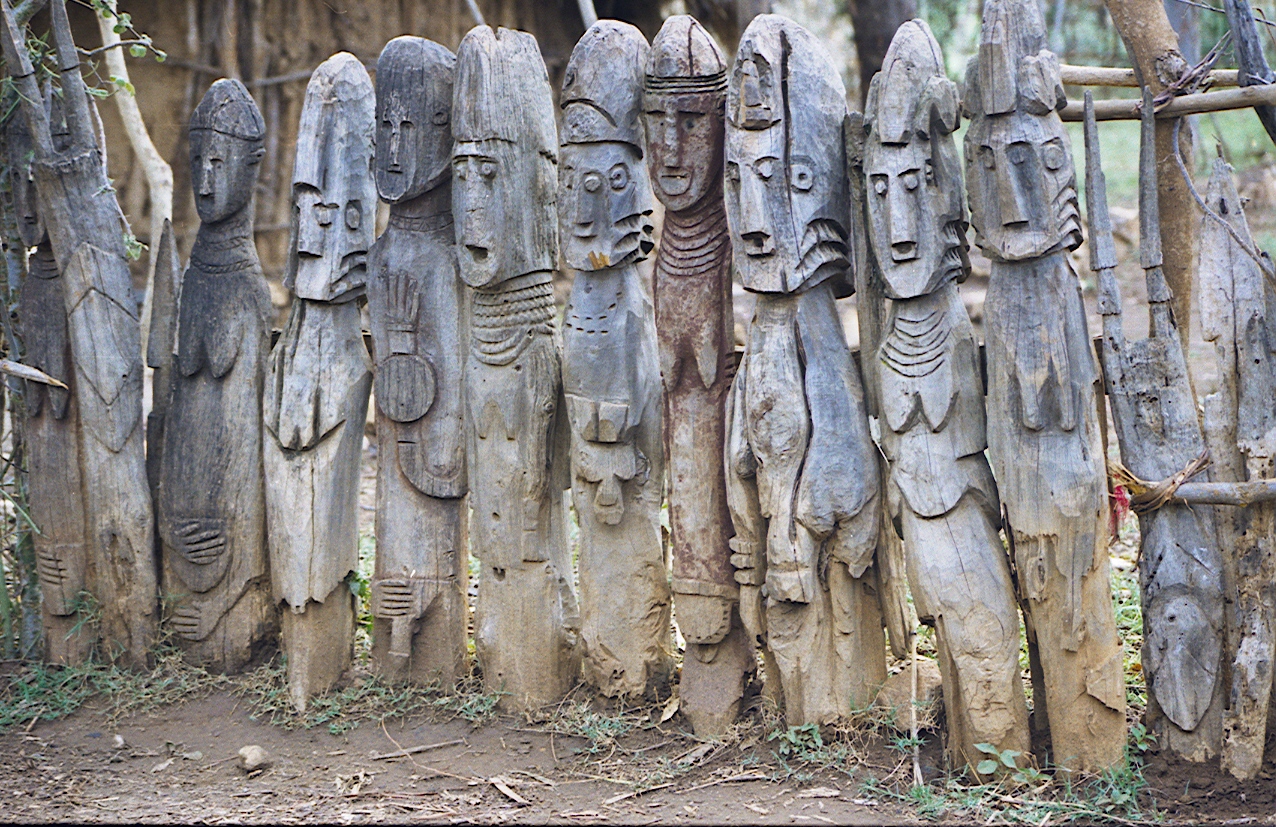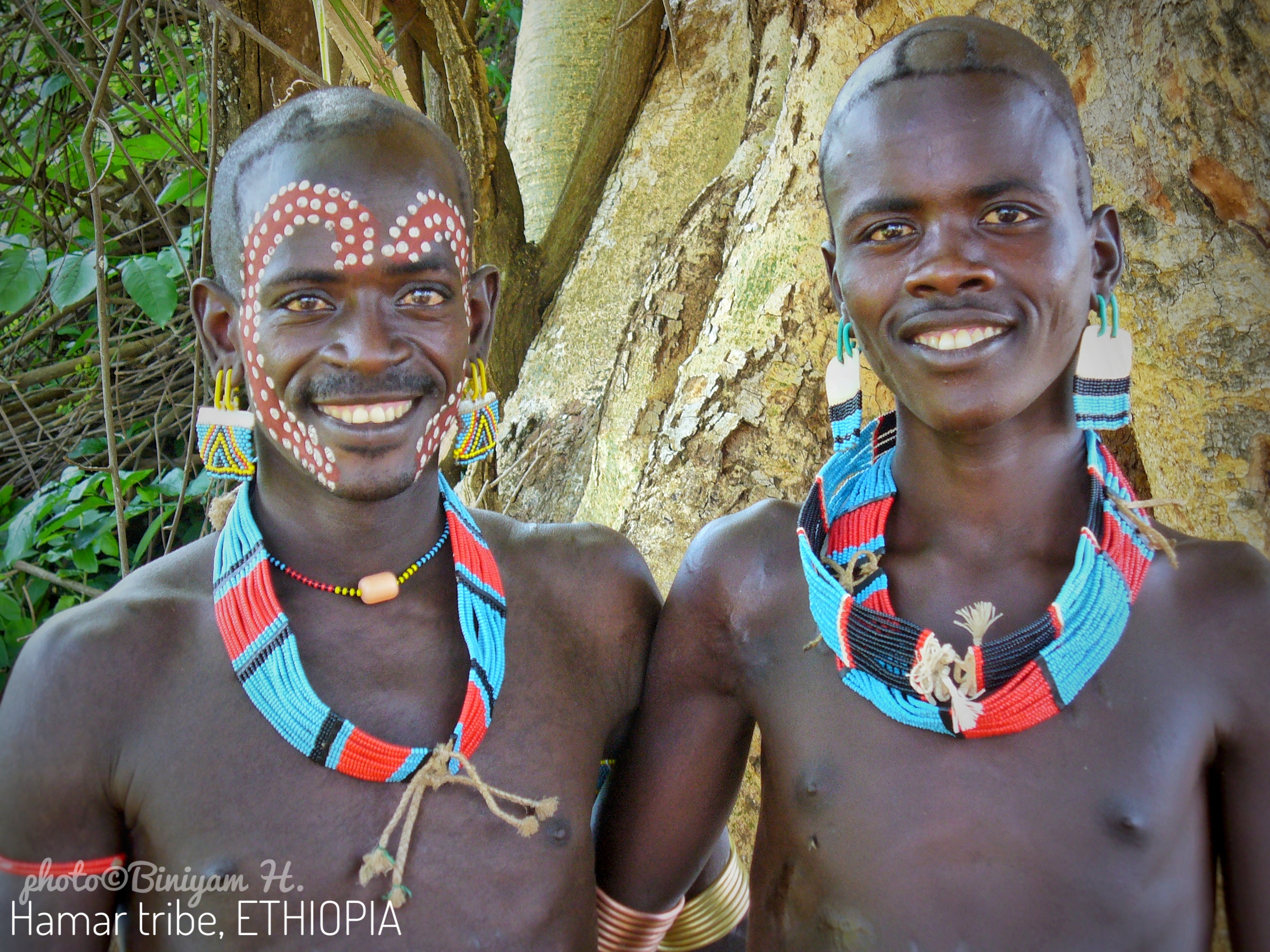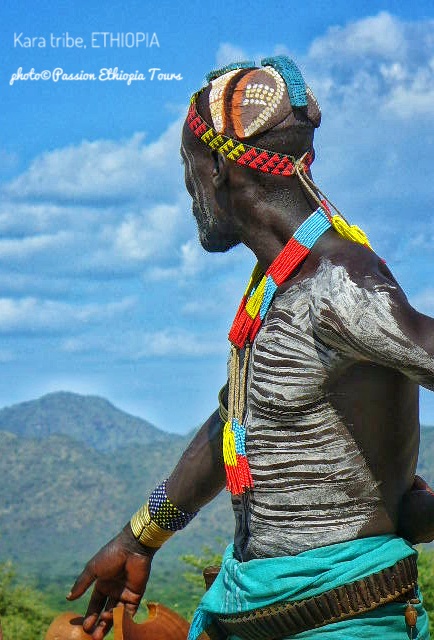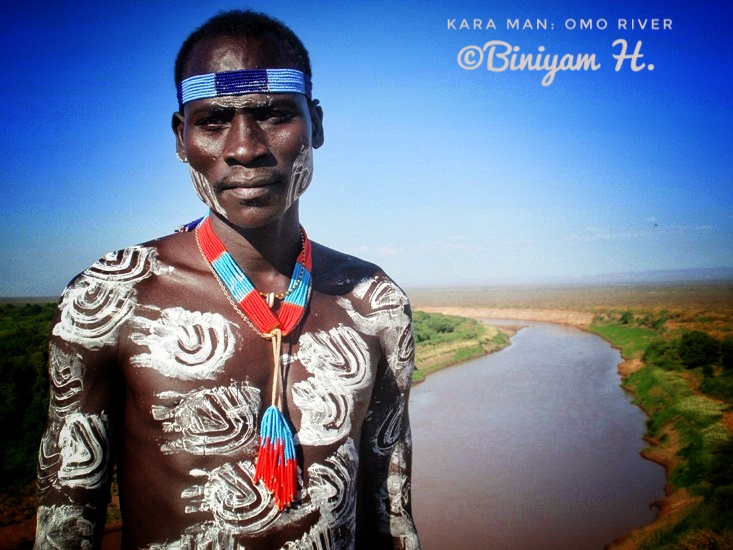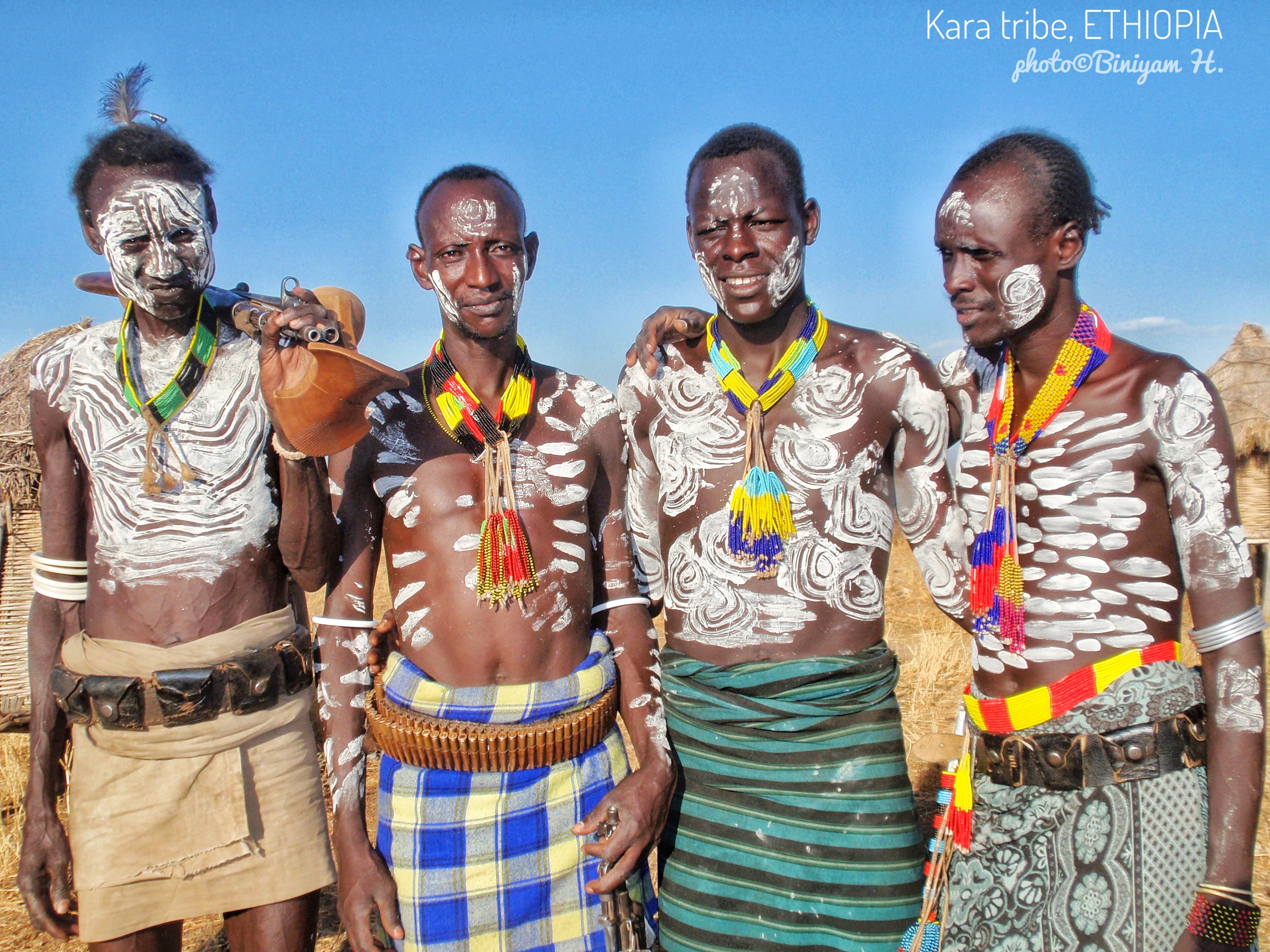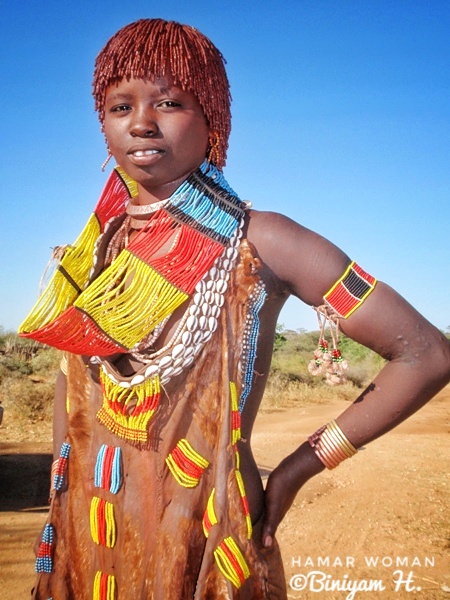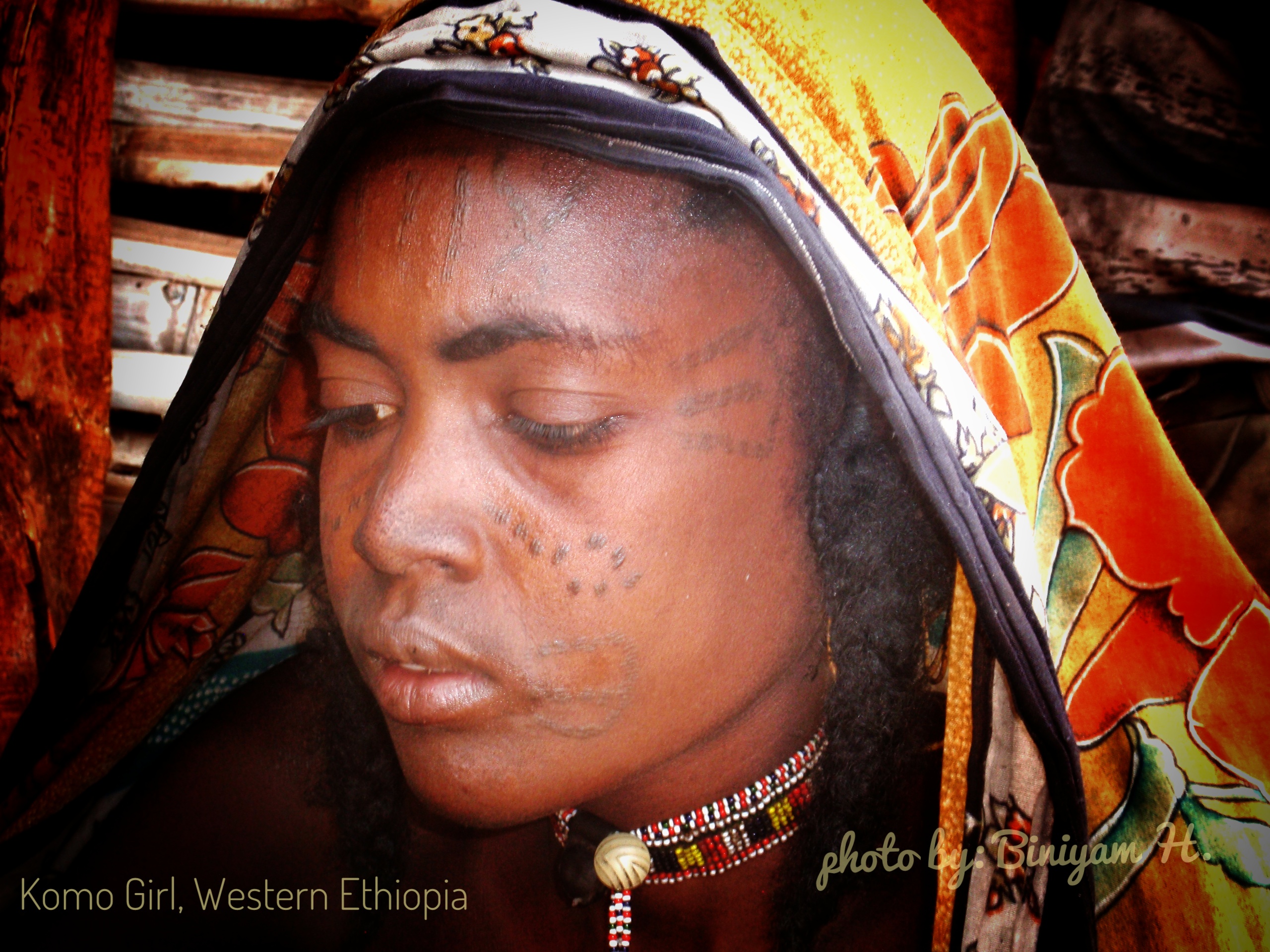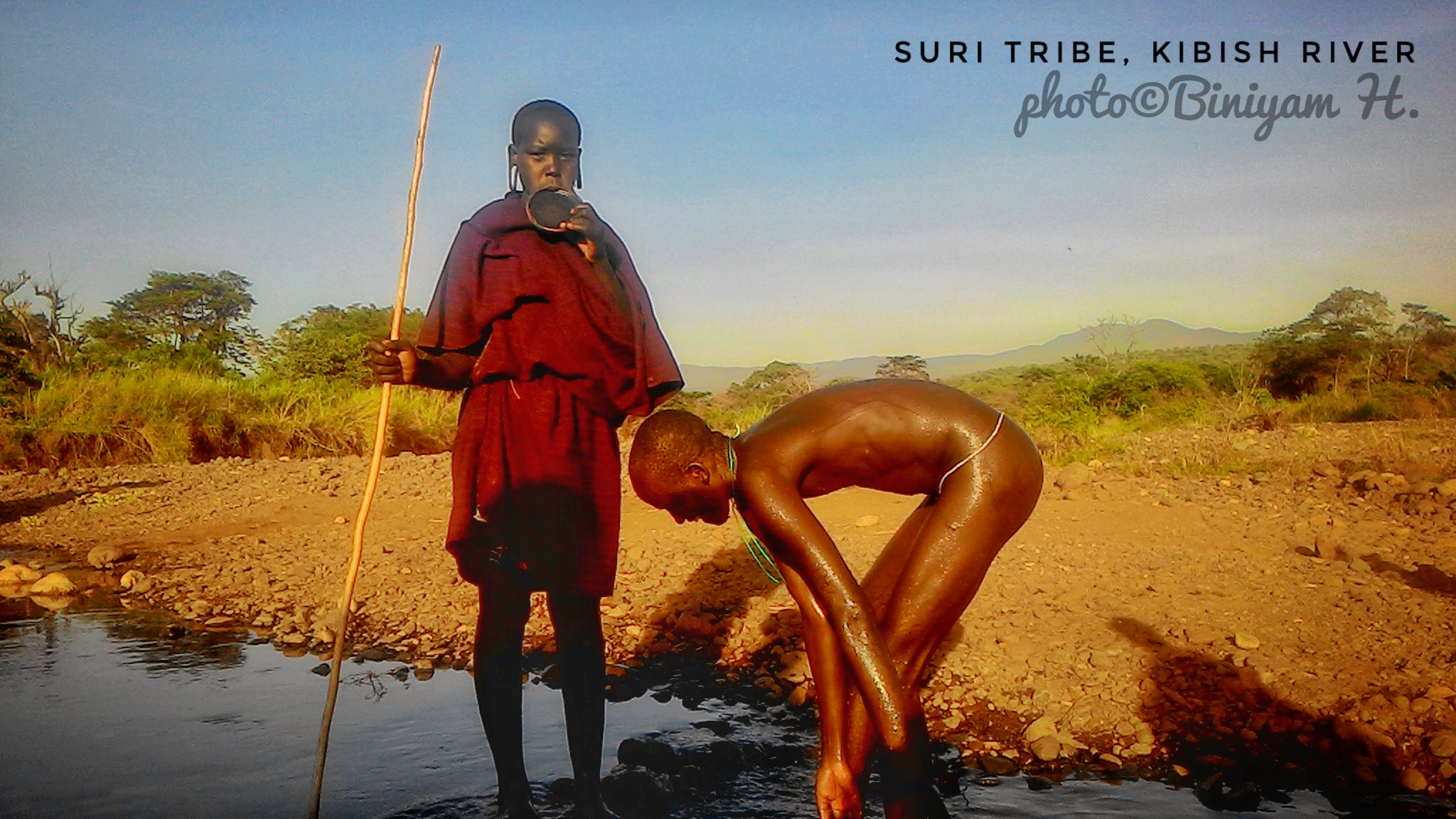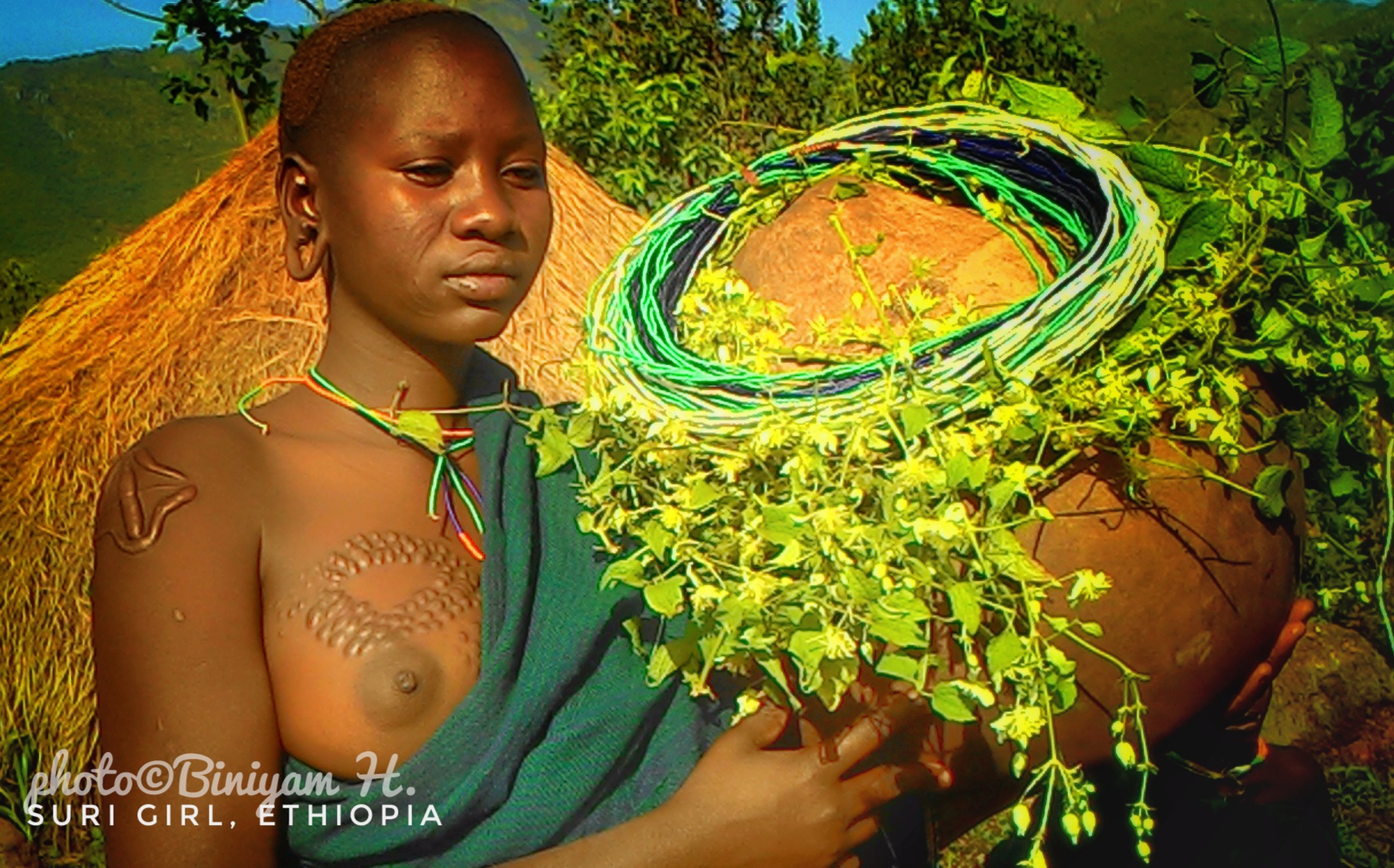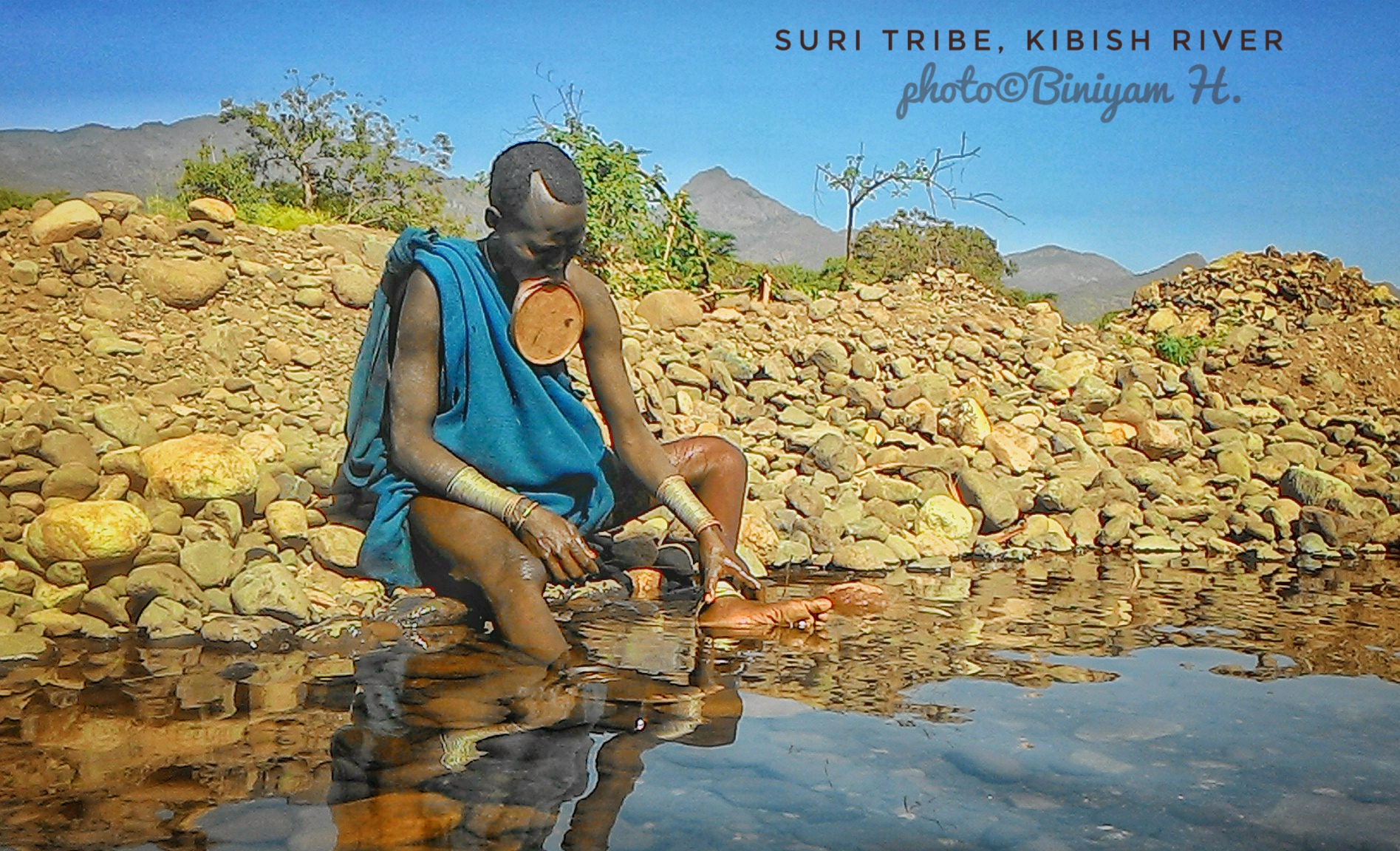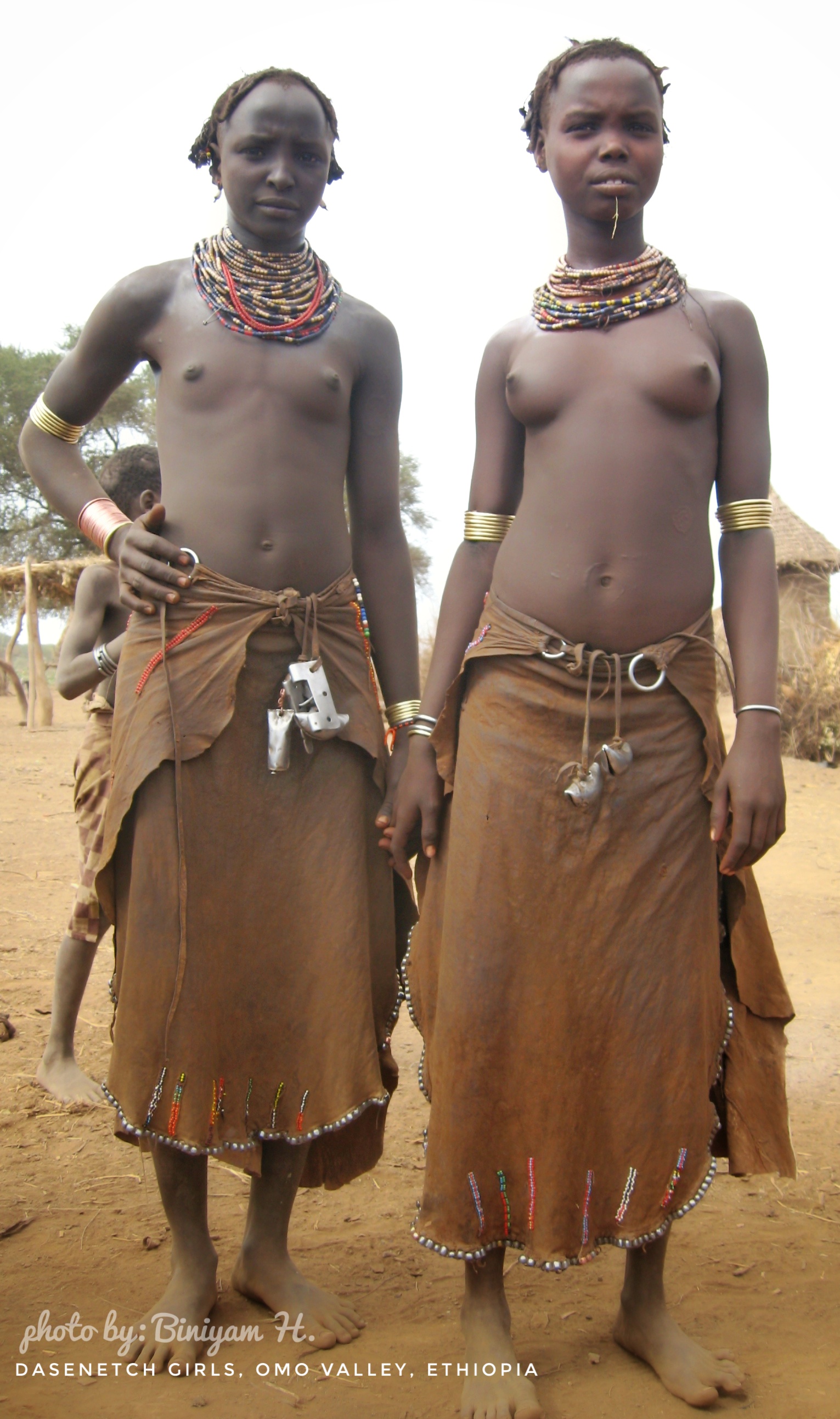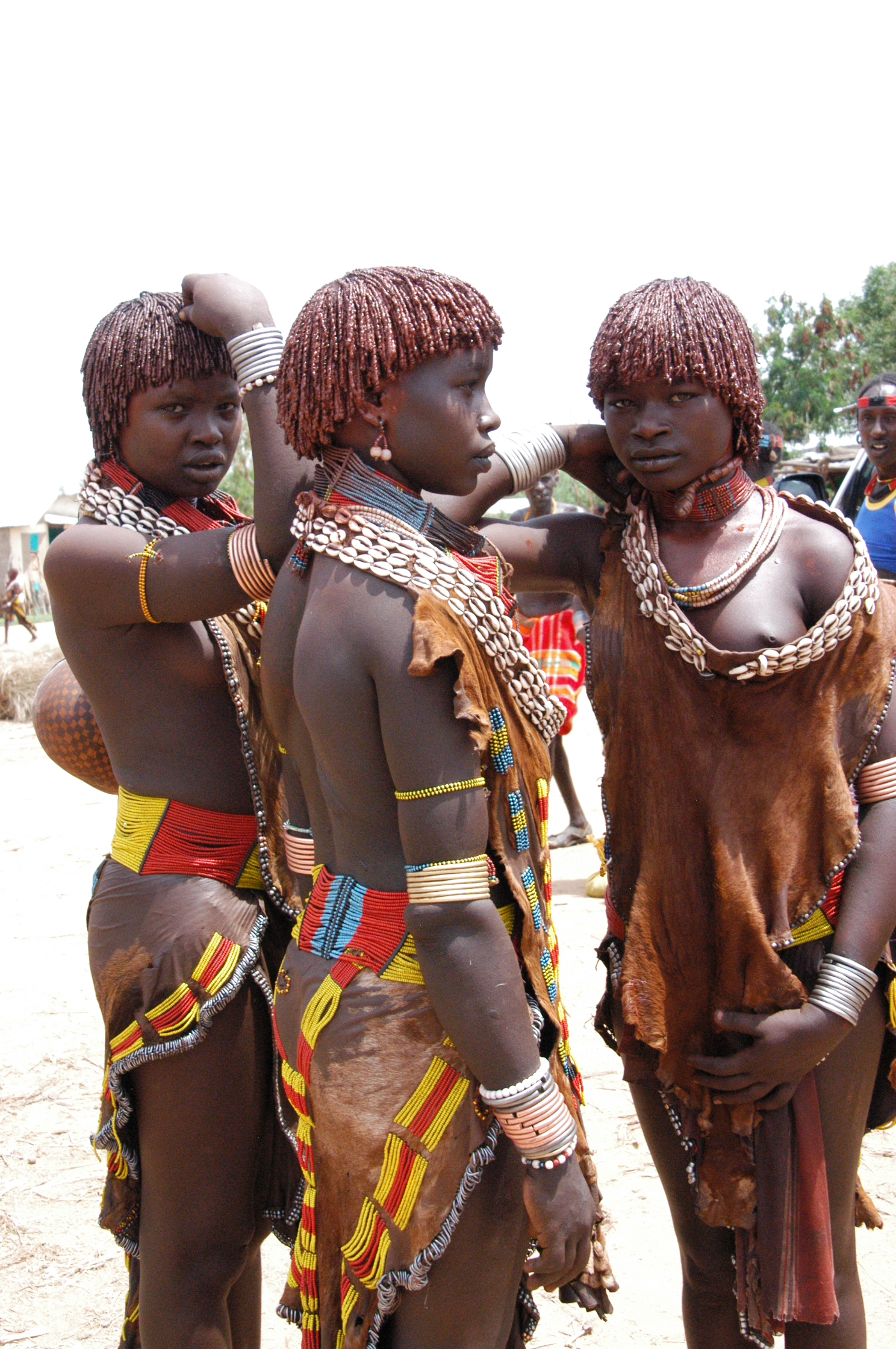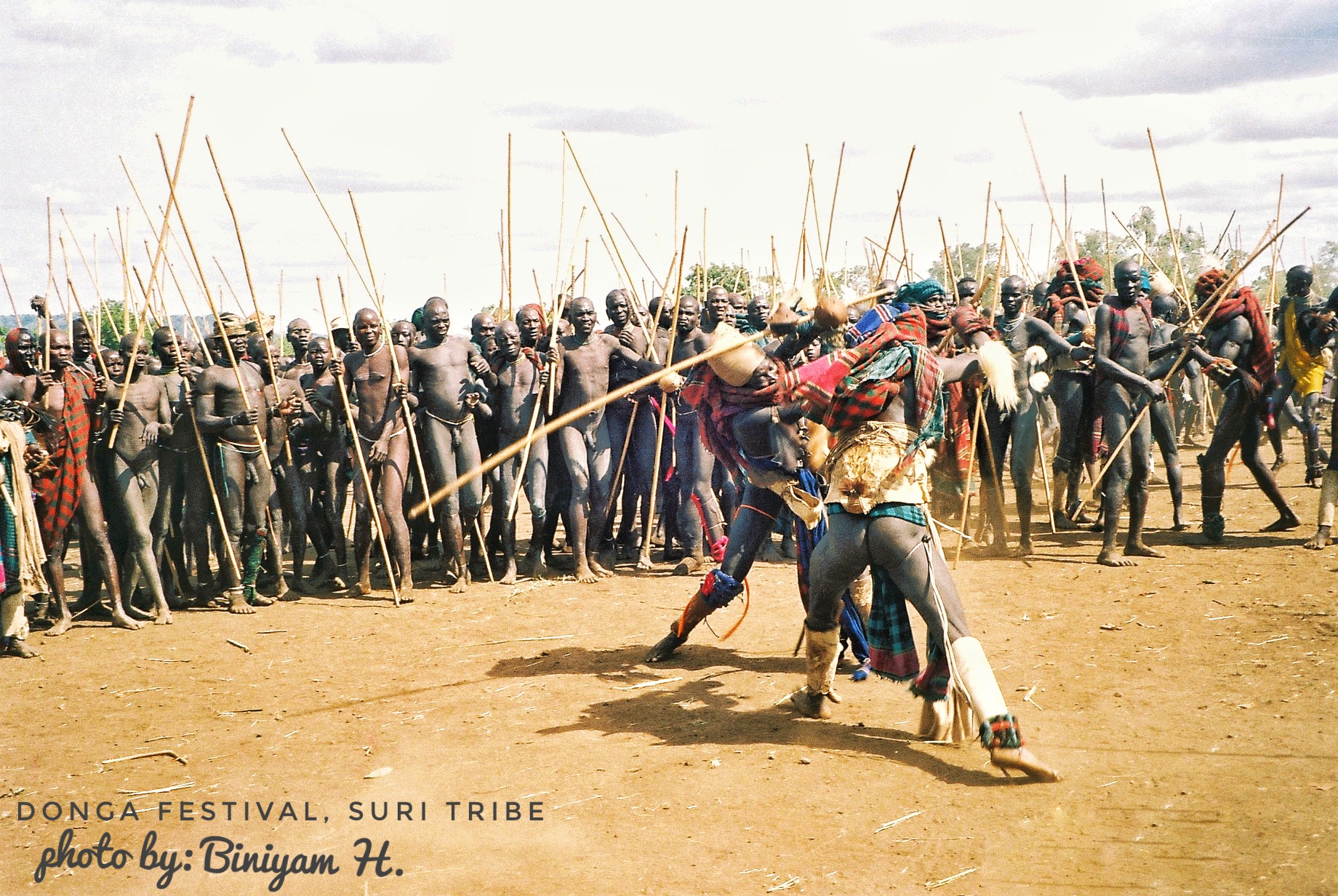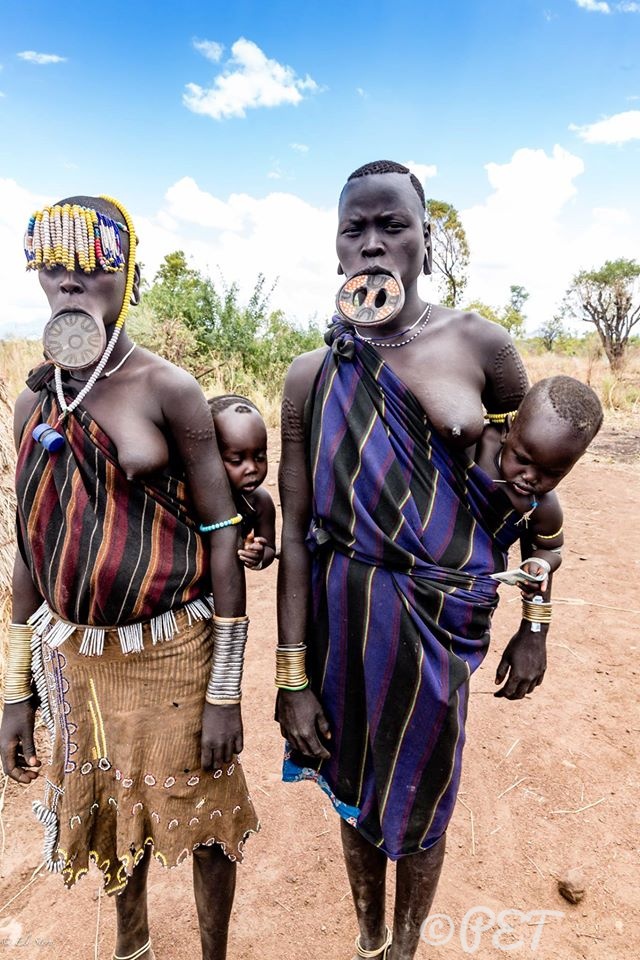Culture
(Elele-Galeb-Galeba-Inkabelo-Inkoria-Koro-Marille-Merille-Naritch-Nyupe-Oro-Pokot-Randal-Reshiat-Riele-Ri'ele)
The Dassanetch live just north of Lake Turkana, the region where Ethiopia borders Kenya and Sudan. The Dassanetch are neighbored by Turkana and Nyangatom and are Ethiopia's most southern people.
They are very similar to the Nyangatom of West-Ethiopia, with whom they are almost identical in appearance, way of life, economy, social structure, and physical appearance. The only real difference is the language. The Dassanetch speak a completely different language and are actually the only Kushite-speaking group of the Omo Valley. Most probably the two peoples are not related, but have had a profound influence on each other.
The Dassanetch are known under more than one name, like Glebe, Murielle and Reshiat. These names all concern the same people, in total 24.000 souls. The Dassanetch can however be divided in eight clans. These are the Elele (ca. 6,000 people), Inkabelo (8,000), Inkoria (3,000), Koro (700), Naritch (3,000), Oro (1,000), Randal (1,000), and Ri'ele (600). Two of them (Inkabelo and Inkoria) come forth from the same ancestors: the Nyupe tribe in West-Kenya, also called the Pokot. These have more or less assimilated the Naritch (probably a splinter group of the Murle of Western Ethiopia) and the Oro. The Oro historically probably have had the dominating language and are solely responsible for the Cushitic language now spoken by all Dassanetch. The river people Ri'ele seem to have Borena background but have been Dassanetchated as time went by. The Randal are connected historically with the Rendille of Northern Kenya, whereas teh Koro are related to the Maasai of Lake Turkana's west coast. Having contemplated this information it will not be hard to understand that the Dassanetch aren't a united people, but more like a cluster of small groups with shared language, land, and rituals.
All clans have a more or less defined territory, except for the Koro and Oro, who are semi-nomadic. The Inkabelo are the wealthiest Dassanetch and occupy the best land (Oro and Koro actually travel around in Inkabelo land). One other thing worth mentioning is that all Dassanetch seem to have natural antipathy against fish. Eating fish is really a last resort in times of crises.
The most important ritual of the Dassanetch is the so-called dime. Taking part in the dime ritual are those men who have daughters that have already reached puberty. After the ceremony, which takes six weeks, the participants are upgraded to 'great men', or those that may engage in politics. The dime ritual is directly connected to the upcoming marriage of the daughters and consists for the larger part of slaughtering large quantities of cattle (per participant: 10 cows, 30 sheep and/or goats). By the end of the ceremony the participants are extremely well-dressed, wit ostridge feathers in their clay hair, oxtails around their arms, leopard skin over their shoulders, as well as the same skirt they wore during their circumcision many years earlier. In their hands they will carry wooden shields and a stick with a fall us symbol.

